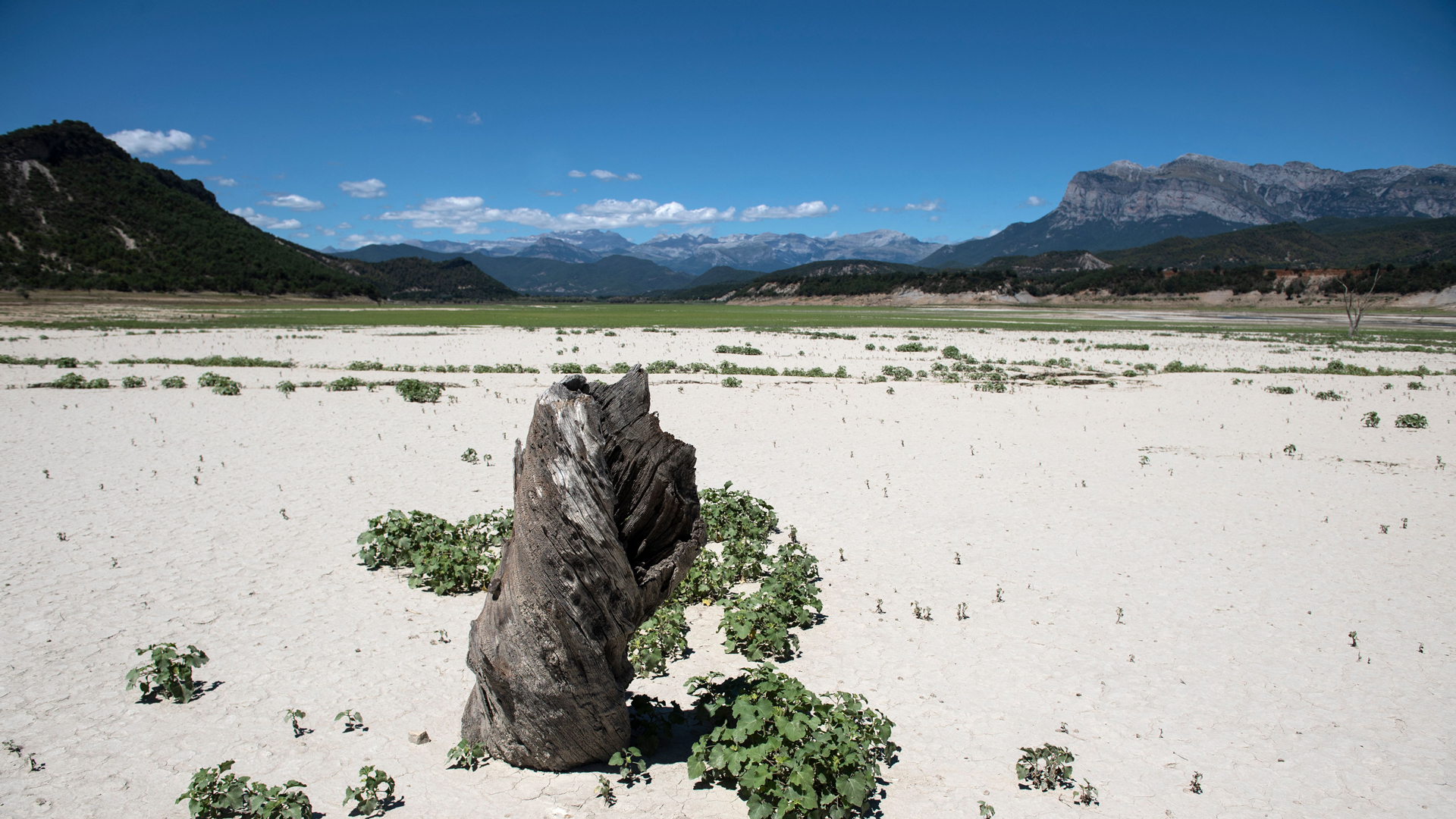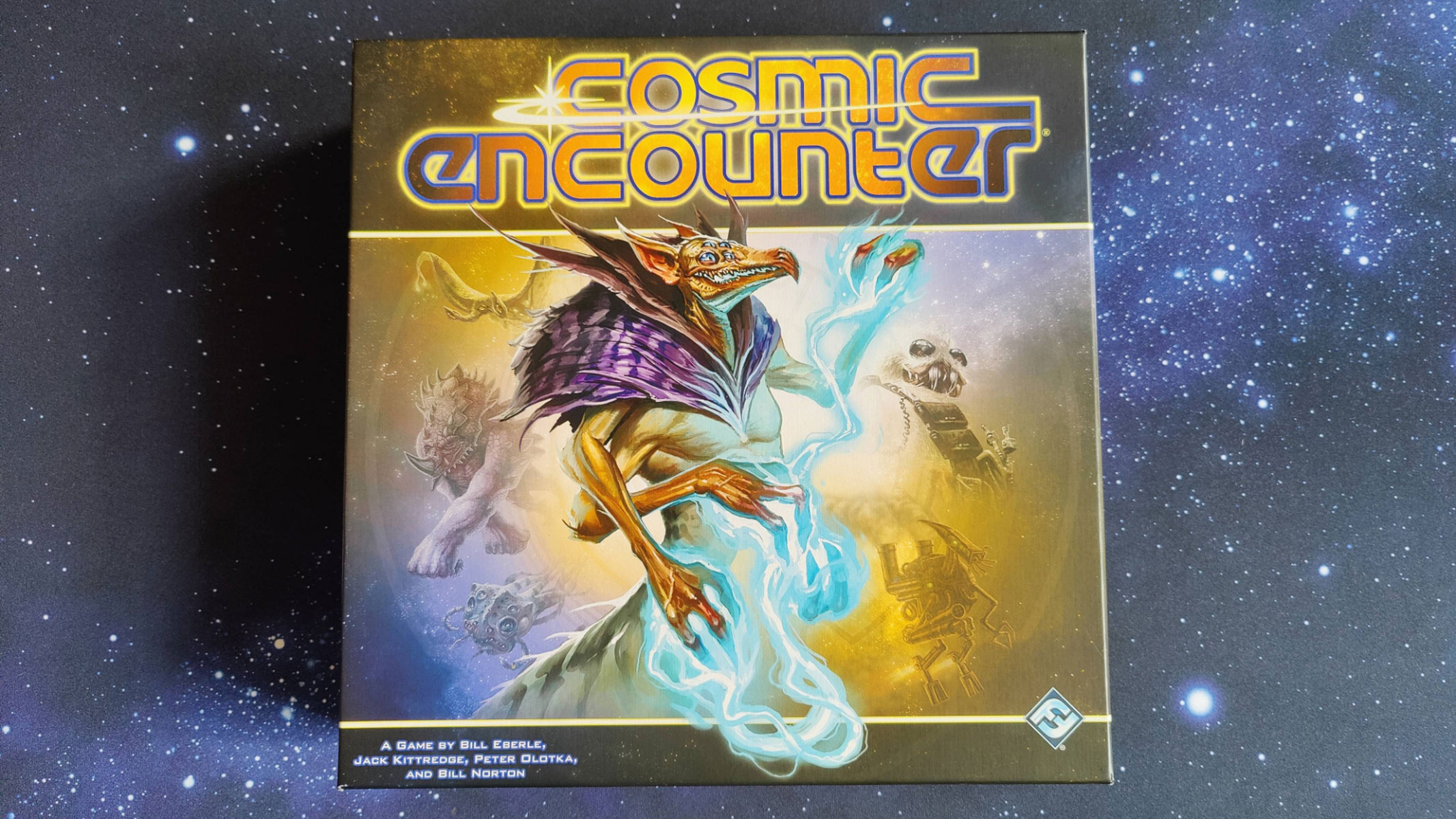
Tereza Pultarova
Tereza is a London-based science and technology journalist, aspiring fiction writer and amateur gymnast. Originally from Prague, the Czech Republic, she spent the first seven years of her career working as a reporter, script-writer and presenter for various TV programmes of the Czech Public Service Television. She later took a career break to pursue further education and added a Master's in Science from the International Space University, France, to her Bachelor's in Journalism and Master's in Cultural Anthropology from Prague's Charles University. She worked as a reporter at the Engineering and Technology magazine, freelanced for a range of publications including Live Science, Space.com, Professional Engineering, Via Satellite and Space News and served as a maternity cover science editor at the European Space Agency.
Latest articles by Tereza Pultarova

Satellites watch powerful Hurricane Hilary swirl above the Pacific Ocean (video)
By Tereza Pultarova published
Satellites watched as an innocent-looking tropical depression exploded into the powerful Hurricane Hilary in just two days off the Pacific Coast of Central America.

Satellites watch wildfires rage across Canadian northwest (photos)
By Tereza Pultarova published
Satellite images reveal the scope of devastating wildfires in the Canadian northwest where an entire capital city had to be evacuated due to approaching flames.

Satellites show Mount Etna volcano erupt after weeks of puffing out smoke rings (photos)
By Tereza Pultarova published
Europe's most active volcano, Italy's Mount Etna, erupted on Sunday (Aug. 13) after weeks of puffing out odd smoke rings. Here is how it looked from space.

Record-breaking 'failed' star orbiting stellar corpse is 2,000 degrees hotter than the sun
By Tereza Pultarova published
Astronomers have discovered a failed star that can't sustain nuclear fusion in its core, but is 2,000 degrees Fahrenheit hotter than the sun.

Aftermath of Hawaii's deadly wildfire inferno revealed in gut-wrenching satellite images
By Tereza Pultarova published
The town of Lahaina on Hawaii's Maui island has been burnt to ashes by the devastating wildfire.

Exoplanets in the Trappist-1 system more likely to be habitable than scientists once thought, study suggests
By Tereza Pultarova published
Exoplanets in the habitable zone of the Trappist-1 star, some 40 light-years away from Earth, are more likely to have liquid water than researchers previously thought, according to a new study.

GPS satellites threatened more by mild solar storms than monster sun flares
By Tereza Pultarova published
Mild solar storms can cause more serious problems to GPS satellites than once-in-a-century events, a new study has found.

Powerful sun storm knocks out radio transmissions across North America
By Tereza Pultarova published
A powerful solar flare disrupted radio and navigation signals across North America on Monday and prompted space weather forecasters to issue warnings because of energetic particles hitting Earth.

Astroscale aims to capture old space junk with robotic arm in 2026 (exclusive video)
By Tereza Pultarova published
A lightweight version of the International Space Station's robotic arm will help Astroscale remove decades-old space junk from Earth's orbit in the first mission of its kind.

Cygnus space freighter arrives at space station with 8,200 pounds of cargo aboard
By Robert Lea, Tereza Pultarova last updated
The Cygnus NG-19 mission arrived at the International Space Station after a two-day space ride on Friday, Aug. 4, delivering supplies and equipment including a new potable water dispenser.

Queen's Brian May talks to Space.com about his role in NASA's OSIRIS-REx mission and new book on asteroid Bennu (video)
By Tereza Pultarova published
Legendary guitarist Brian May talks to Space.com about his collaboration with NASA's OSIRIS-REx mission and a new book about asteroid Bennu written with the mission's science lead Dante Lauretta.

Queen legend Brian May helped NASA ace its asteroid-sampling mission, new book reveals
By Tereza Pultarova published
Queen guitarist Brian May and the chief scientist of NASA's asteroid-sampling OSIRIS-REx mission have collaborated on a book about the asteroid Bennu — and it's not a PR stunt.

Removing carbon from Earth's atmosphere may not 'fix' climate change
By Tereza Pultarova published
Removing carbon from Earth's atmosphere may not reverse devastating changes to weather patterns in vulnerable areas, a new study suggests.

Scientists may have just cracked the sun's greatest mystery
By Tereza Pultarova published
Scientists may have just found what makes the sun's outer atmosphere, the corona, so inexplicably hot.

Astronomy: Everything you need to know
By Tereza Pultarova, Jamie Carter last updated
Reference From charting constellations to analyzing exoplanet atmospheres and imaging edges of black holes, astronomy has always strived to understand the nature of the universe and our place in it.

Queen guitarist Brian May to release a book of 3D images of asteroid Bennu
By Tereza Pultarova published
Queen guitarist and astrophysicist Brian May is about to release a book of 3D photographs of the near-Earth asteroid Bennu, based on images gathered by NASA's OSIRIS-Rex spacecraft.

Is the puzzling star Betelgeuse going to explode in our lifetime after all?
By Tereza Pultarova published
A new unpublished study is making waves on the internet, claiming that one of the brightest stars in the night sky might die in a spectacular explosion within our lifetime.

SpaceX Starlink satellites had to make 25,000 collision-avoidance maneuvers in just 6 months — and it will only get worse
By Tereza Pultarova published
Exponential growth in Starlink orbital collision avoidance maneuvers in the past six months is sparking concerns over the long-term sustainability of satellite operations.

SpaceX's Starlink internet satellites 'leak' so much radiation that it's hurting radio astronomy, scientists say
By Tereza Pultarova published
Hum from onboard electronics that power SpaceX's internet-beaming Starlink satellites may disturb radio astronomy observations, a new study has found.

Watch lightning crackle over Europe and Africa in stunning video from powerful new weather satellite
By Tereza Pultarova published
Stunning first videos from a new space-borne instrument designed to improve the monitoring of thunderstorms show the crackle of lightning over Europe, Africa and the Atlantic Ocean.

Sun breaks out with record number of sunspots, sparking solar storm concerns
By Tereza Pultarova published
The sun has produced 163 sunspots in June, the highest monthly number in more than two decades, sparking concerns that Earth may soon face space weather trouble.

We have never seen dark matter and dark energy. Why do we think they exist?
By Tereza Pultarova published
We have never seen dark matter and dark energy, so why do we think they exist? And what would happen if Europe's new space telescope Euclid finds evidence that they don't exist after all?

How will Europe's Euclid space telescope see into the dark universe?
By Tereza Pultarova published
Europe's Euclid telescope is heading to space to prove whether hypothetical dark energy and dark matter really exist. The mission's findings may rewrite cosmology textbooks.

Space tourism companies might learn a lesson from the Titan sub disaster. But are they ready to listen?
By Tereza Pultarova published
The tragedy of the Titan submersible might usher in a sea change in the tolerance of unclear hazard mitigation practices in space tourism companies.
Get the Space.com Newsletter
Breaking space news, the latest updates on rocket launches, skywatching events and more!

